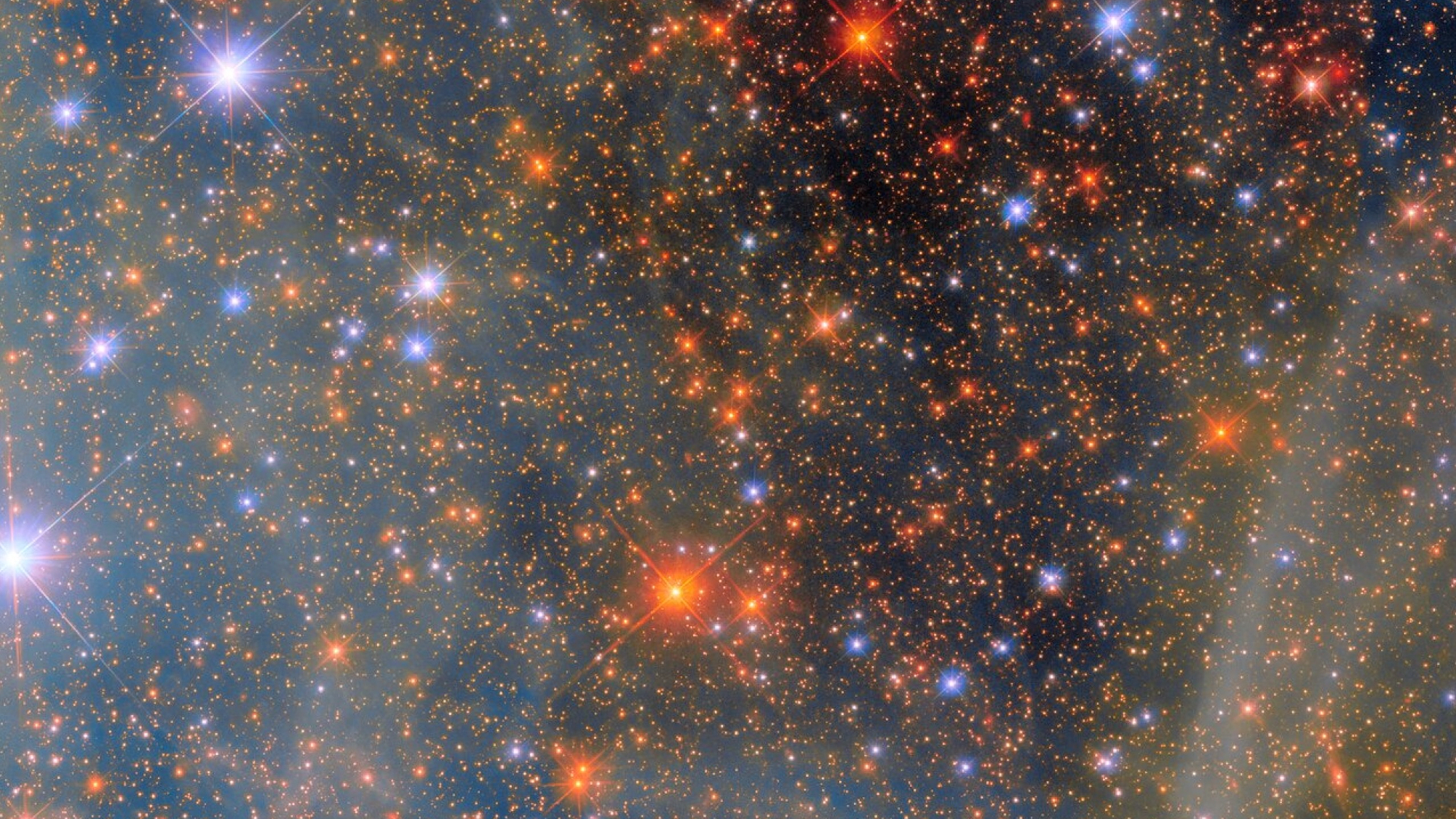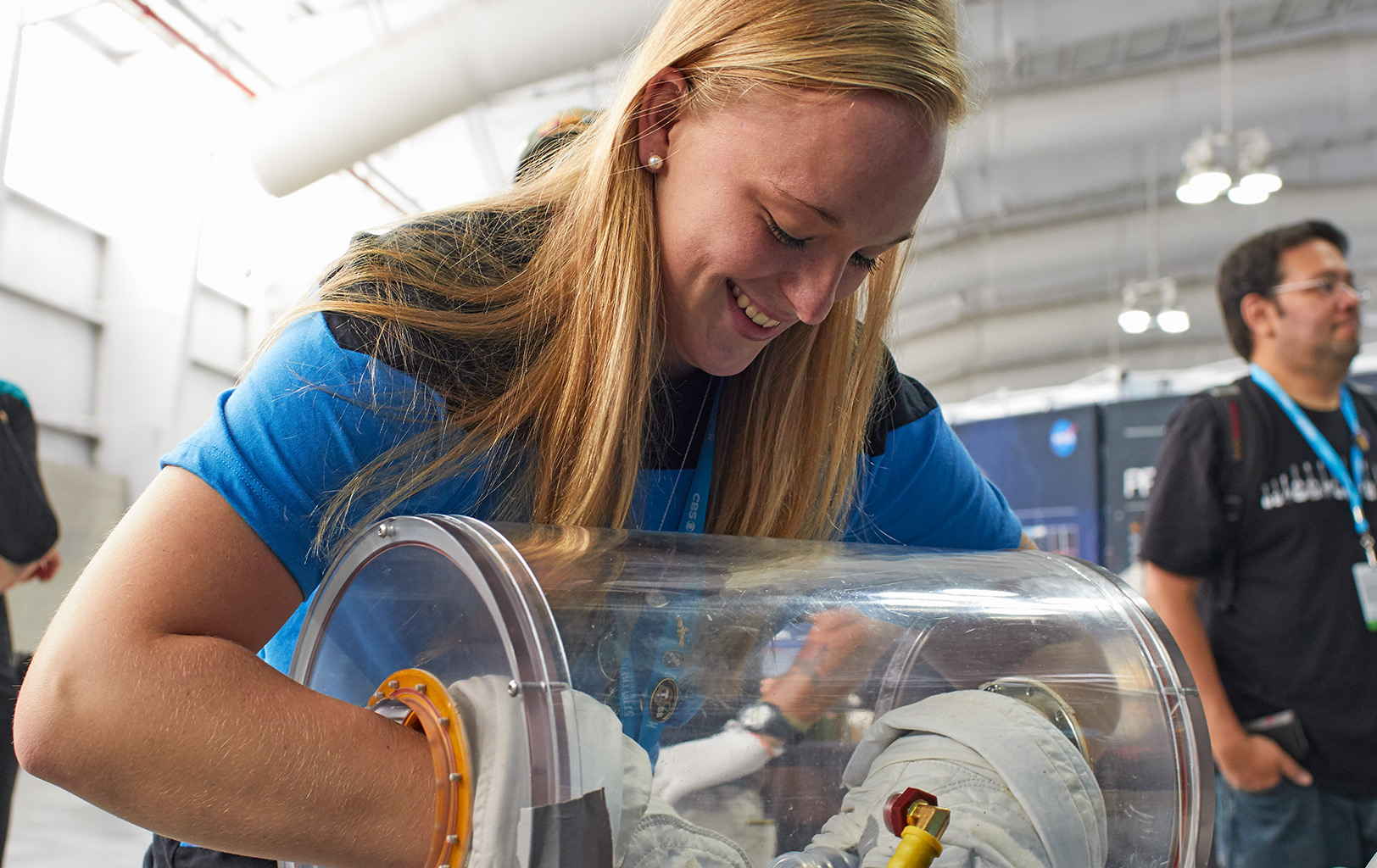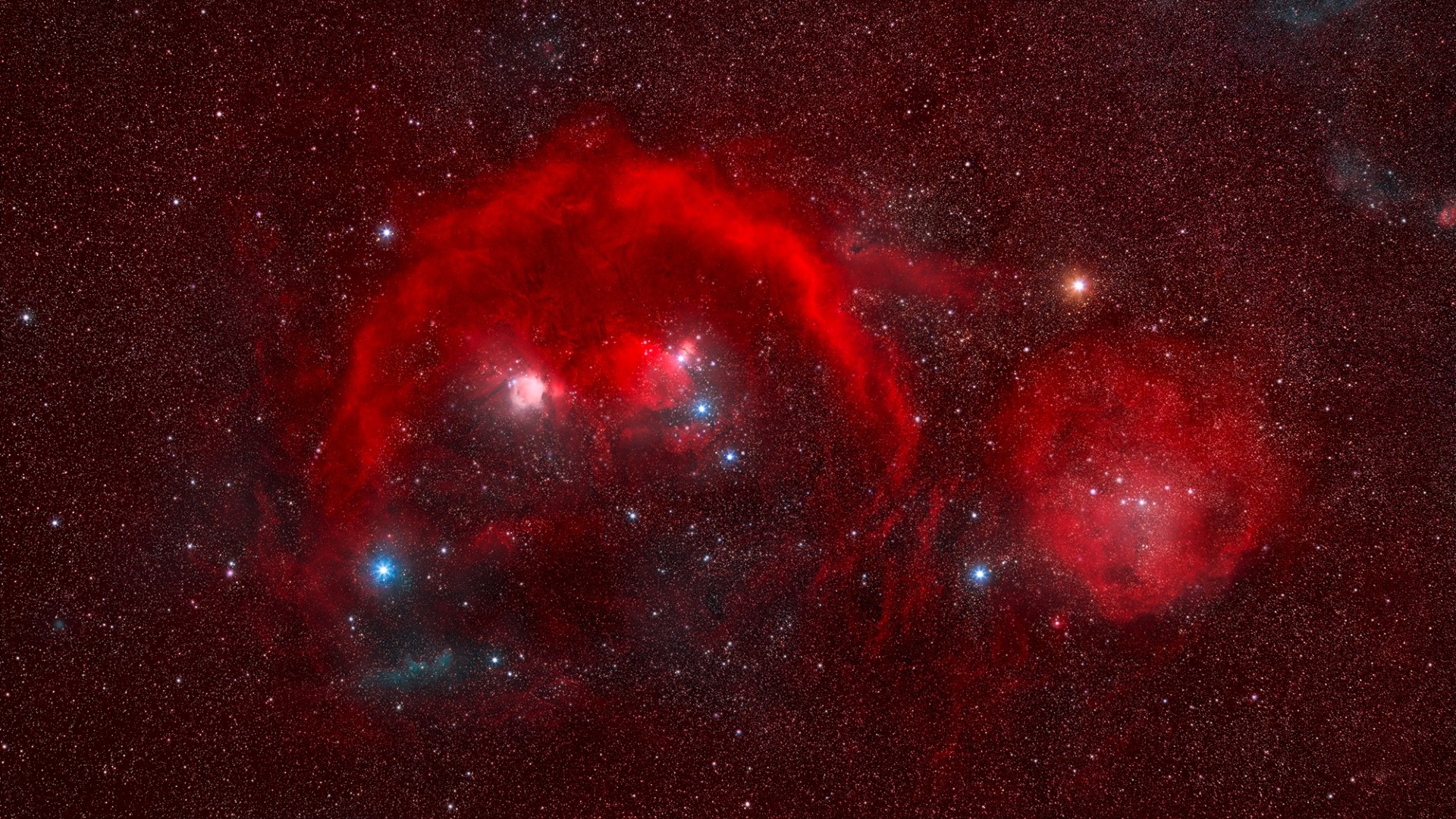Hubble Telescope captures gorgeous new view of Milky Way's star-packed galactic neighbor (photo)
The new image is an up-close view of the Small Magellanic Cloud, one of the Milky Way's nearest neighbors.

The Hubble Space Telescope has sent back a gorgeous new view of one of our nearest galactic neighbors, which is full of bright, colorful stars.
Located about 200,000 light-years from Earth, the Small Magellanic Cloud (SMC) is a dwarf galaxy home to active star formation. It is one of our Milky Way galaxy's closest neighbors alongside its companion galaxy, the Large Magellanic Cloud (LMC).
"Thanks to its proximity, the SMC is one of only a few galaxies that can be seen from Earth without the help of a telescope or binoculars," European Space Agency (ESA) officials said in a statement accompanying the release of the new image. (Hubble is a joint project of NASA and ESA.)
The SMC can be viewed in the southern sky. Most of the galaxy lies in the constellation Tucana, the Toucan. However, a small section of the galaxy crosses over into the neighboring constellation of Hydrus, the Lesser Water Snake.
Related: Hubble Space Telescope: Pictures, facts & history
"For viewers in the southern hemisphere and some latitudes in the northern hemisphere, the SMC resembles a piece of the Milky Way that has broken off, though in reality it's much farther away than any part of our own galaxy," ESA officials said.
Using Hubble's Wide Field Camera 3 instrument, astronomers captured this recent up-close view of the SMC, full of twinkling stars. The image features a small region of the SMC near the center of NGC 346, a star cluster that is home to dozens of massive young stars, fueled by ample amounts of dust and gas.
Breaking space news, the latest updates on rocket launches, skywatching events and more!
The image was created using data collected by four filters, which observe different wavelengths of light. Combining the different views allows astronomers to create a multicolored image of the gas, dust and stars. The more distant stars appear as small orange dots, while closer stars are either a bluish or reddish color. Many of the stars exhibit a bright glow and four points known as diffraction spikes, which are caused by starlight bending around Hubble's mirrors.
The recent Hubble image, which was shared online on March 17, also captures a nebula that casts a hazy blue-greenish shadow over part of the star cluster. This glowing cloud of gas and dust acts as a stellar nursery, where new stars are born.
Join our Space Forums to keep talking space on the latest missions, night sky and more! And if you have a news tip, correction or comment, let us know at: community@space.com.

Samantha Mathewson joined Space.com as an intern in the summer of 2016. She received a B.A. in Journalism and Environmental Science at the University of New Haven, in Connecticut. Previously, her work has been published in Nature World News. When not writing or reading about science, Samantha enjoys traveling to new places and taking photos! You can follow her on Twitter @Sam_Ashley13.
You must confirm your public display name before commenting
Please logout and then login again, you will then be prompted to enter your display name.
